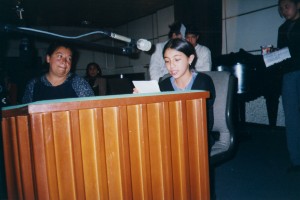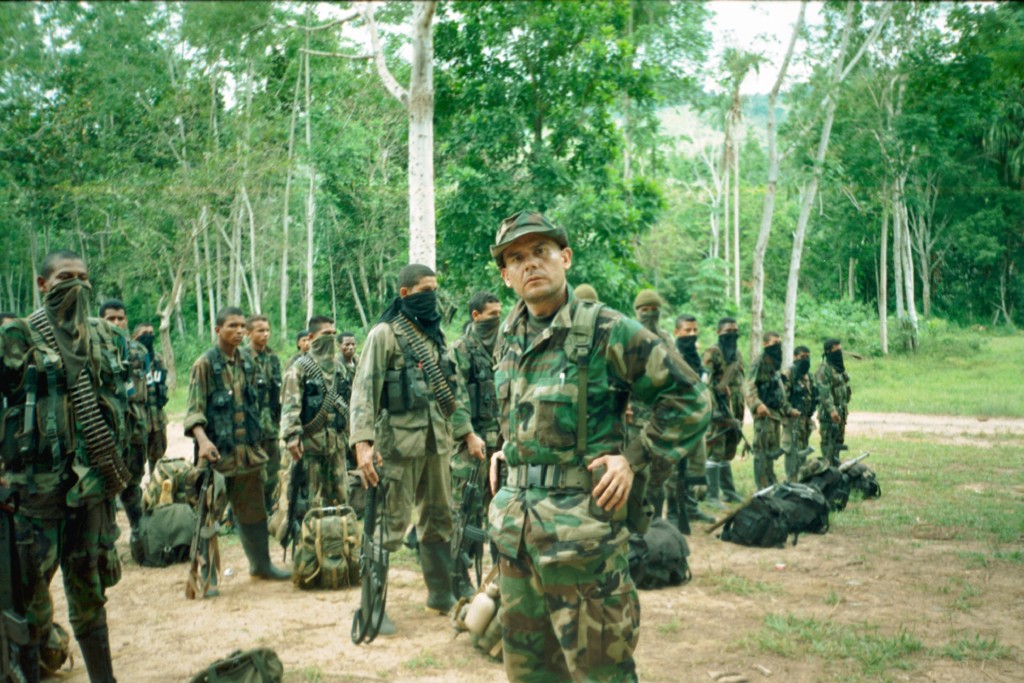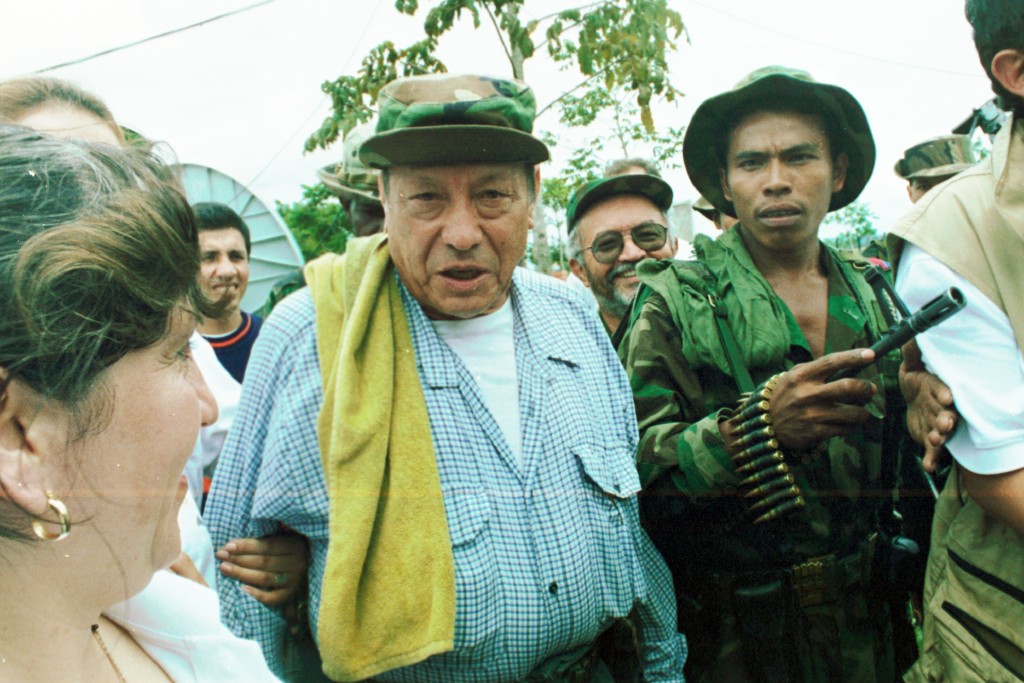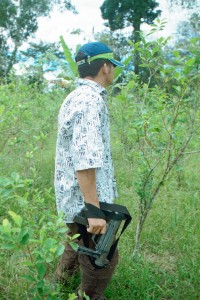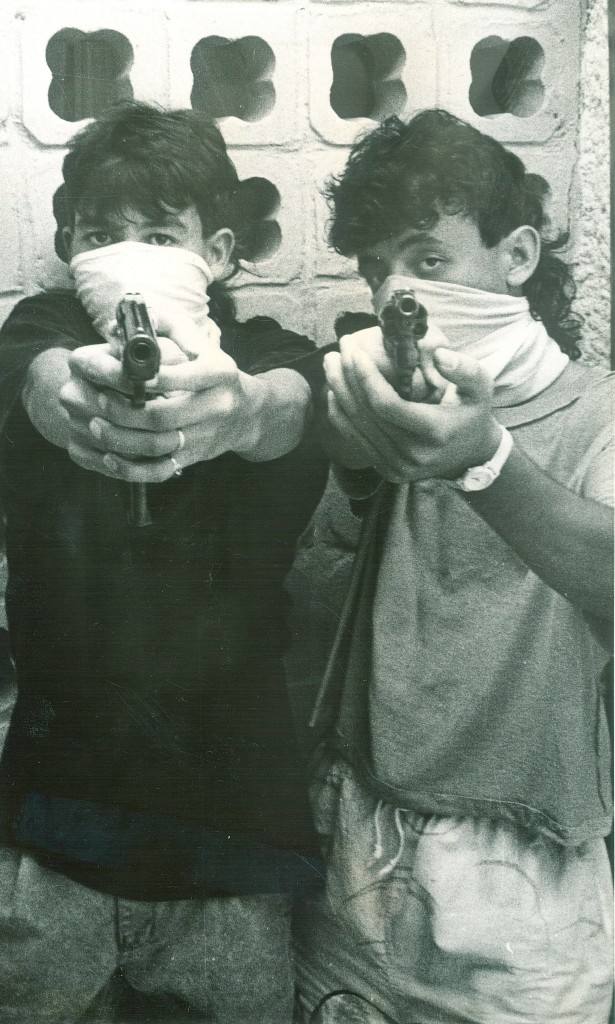Changing the dynamic of the war, a major military development that started in Uribe’s presidency, and for which Uribe lobbied, was that the United States provided the Colombian Armed Forces smart-bomb kits via a then-covert joint Central Intelligence Agency-Pentagon “black op” that was eventually revealed in a Washington Post front-page story citing anonymous US and Colombian sources shortly before Christmas 2013 when I was in Havana meeting with the FARC leadership. The FARC was not happy with the news, and one of its peace negotiators, who came along with a FARC support member, asked me to translate the story to them, which he uploaded on his lap-top computer, and I did as I read it for the first time, aloud for them to hear my translation into Spanish.
While the article caused a media buzz in Washington DC, Colombia and other Latin American countries, it wasn’t surprising to the FARC, as one can deduce from the FARC memo I cited above. The FARC has known or assumed as obvious that the CIA, in conjunction with the Pentagon, for decades has provided weaponry, communications gear, intelligence intercepts, targeting, and advisers to help Colombian government forces. To the FARC, that is “old news,” But what the FARC leaders found of particular interest in the article was that it reported a “black ops” secret budget of an undisclosed amount operated outside US Plan Colombia funding. “Black operations, black operations!” exclaimed indignantly the FARC peace negotiator when I translated the term into Spanish.
While those pin-point air strikes have killed key FARC leaders, the FARC has a saying: “Guerrilla dead, guerrilla replaced.” And the FARC’s “collegial” form of leadership adapts where the killing or loss otherwise of any of its top leaders doesn’t decapitate it. The FARC’s central chief command, the Estado Mayor Central (EMC), of 25 members and 6 “suplentes” (back-ups) is the maximum decision-making body, presided over by a Secretariat of seven members and two “suplentes.” The leader of the Secretariat, elected by the EMC, is perhaps more accurately described as a chairman. “Timochenko” was elected the Secretariat head, after soldiers killed “Alfonso Cano” in 2011. “Alfonso Cano” had become Secretariat chief after FARC founder “Manuel Marulanda” died reportedly of natural causes in 2008. Votes either in the EMC, whose members are selected in a caucus fashion among FARC “fronts,” according to FARC rules, and/or in a “National Conference,” comprised of delegates from FARC “fronts,” make important decisions—such as regarding policy, doctrine, strategy, tactics, logistics, personnel, and local, regional, national and international relations. The FARC wants to have a new National Conference to discuss the peace process. The last was reportedly in 2007.
“The Colombian military has gotten cocky. It thinks that it has won the war. But they’re drinking the Kool-Aide,” a US military officer in Bogota told me, in the early part of my peace-process efforts. “The FARC can disperse its forces and bring them back together for attacks at its choosing. As long as it is surviving, it is ‘winning.’” Yes and no.
What does the FARC win by hanging out in the jungle? “They are just waiting for a bomb to fall on their head,” said in a newspaper interview Antonio Navarro Wolff, who was once a member of the now defunct M-19 guerrilla movement and who later was elected governor and senator.
Not denying battlefield reverses, the FARC, for its part, claims to have fought off Uribe’s and Santos’ offensives, that there are natural battlefield ebbs and flows, and that it can continue fighting another 50 years, if need be. However, the FARC insists that its desire for peace is “unbreakable,” as Pres. Santos insists, too.
